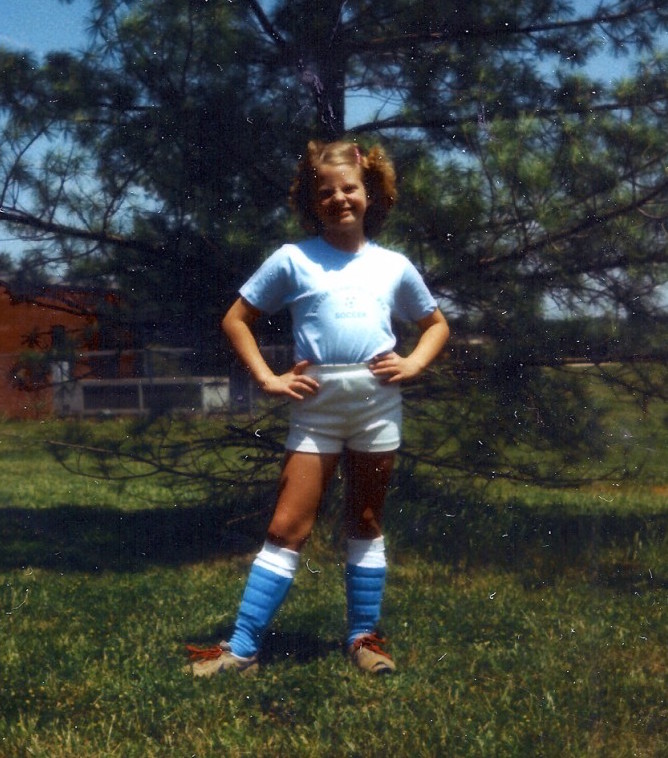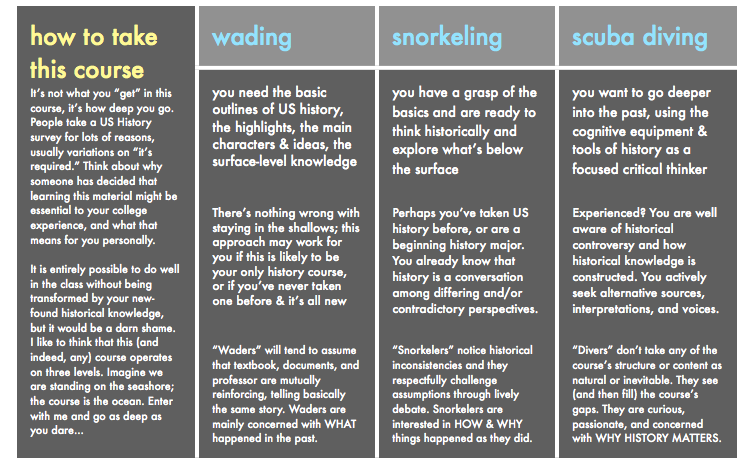a draft
As part of the second phase of my Undisciplined book project, I’m writing about the haunting question, Am I a Teacher? Reviewing my draft so far, I’m struck by these lines:
…teaching became unbearable as I realized that it was bad for me. It was negatively affecting my health, putting too much strain on my relationships, and crushing my creative spirit.
Sara Puotinen
Towards the end of teaching, around the spring of 2011, I was struggling physically and emotionally. Almost six years of living in an unhealthy environment where I was made to feel less worthy and encouraged to think too much and too critically, and to prioritize, above everything else, my academic work, had weakened me physically and emotionally. I managed to teach for one more semester, but even though I really enjoyed my last two classes, I was so drained by being at the University of Minnesota, that when I finished that December, I never returned. I had arranged to be a visiting scholar in the department, but I could not force myself to go back on campus. It was too painful. The first time I recall actually returning was several years later with my family. After riding on the new green line train that went straight to the U of Minnesota, we decided to walk around the campus. It was very hard for me to do. I was surprised by how much it felt similar to the waves of grief for my dead mother that would overwhelm me on her birthday, mother’s day, or the day that she died.
I ran away from the academy. Sometimes I wonder if that was the most responsible or smartest thing to do. I’m not sure. What I do know is that it felt necessary. I could not make myself return. I had to run away.
In the years since leaving the academy, the act of running has taken on a different meaning. I started running in June of 2011, the summer before my final semester of teaching. Slowly I trained enough to run in a 5k race. Then I kept training. I’ve been running for almost six years now.
I was reminded of this second meaning of running last night when my husband found an old Instagram photo of me, hamming it up right before a 5k race (my second 5k ever) in July of 2012. I look happy and goofy and strong. Would this picture have been possible if I hadn’t ran away from the academy in 2011?

